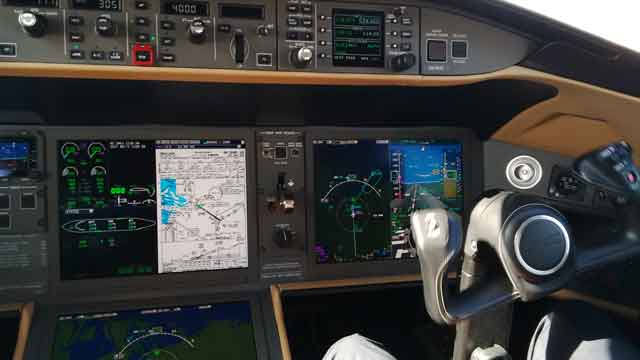Emergency Procedures in Flight
Emergency Procedures inflight
Most of us who love aviation most probably live flying, and we do not ever fear of what if ?
The fun in normal flying condition is great, switch on the engine, run the propeller, take off and looking around for lakes, mountain or snow. Some may use their single engine piper cub or those who have more fund may be lucky to hire citation jet.
On both cases, there are time that you may face abnormal situations, once this situation come, then there are not much time to think, you probably can spend one or most two minutes while putting your theoritical MNEUMONIC training with
Aviate
Fly your aeroplane first, make sure you are in the good path (Speed, altitude and heading) as well as engine instrument.
Navigate
Once the aircraft attitude is under control then, you have to make sure you are still in your path or return to your initial intended route.
Communicate
Finally you have to make sure you are informing what happened and what you intend to do , to the ATC primarily, then to other crewmember and your company if you are flying for a company.
The probability of engine failure is somewhere between 1 in every 1000000 hours to 1 billion hours, the probability reduced as the engine lifetime increases and in combination with environment and maintenance of the engine itself.
In the flying schools, you have been taught that once you have emergency you have to call MAY DAY MAYDAY MAYDAY, actually that would be the least things we need until we cleanup our mess, it means the aircraft emergency it self have been handled properly, the ATC transponder have been set to 7700 and appropriate memory action if required had been completed such as securing the engine or activating alternative power if available.
Inflight engine failure
If you are experiencing engine failure, what is the first thing you do ? if you are in single engine, your instict probably looking at so many things, some of them is the FUEL, what are the primary cause of engine fail, mostly if not mechanical failure is the fuel itself, secondly if you have enough fuel, then the fuel system itself, such as Carb heating or mixture ratio. once the regular failure had been indentified, then you need to start thinking on other things.
- Is the propeller running ? if yes, means mechanically still good, the issue could be fuel, ignition or oil which you can still manage to run the engine with increasing temperature
- If the propeller is stop then you may want to see other parameter
In general, the checklist will be the primary guide that is publish by the aircraft manufacture when the aircraft is certified.
FIRE IN FLIGHT
If you are experiencing in-flight fire then it is another story, this need immediate action, and if the fire serious, you have to shut the fuel system and you may want to immediately descend close to the ground and fly near the airport.
Emergency landing
Say you have any of the above condition and you do not have airport around you, the only options are either you have flat water surface or open land surface. both are risky, as if you may have to land in the water think if you have low or high wing, if you have low wing, the probability for evacuation is easier than high wing, and in high wing, you ahve to think how many door you have? if you have two doors, and only two of you as occupant of the aircraft isfine, but once you have more than two passenger, then egressing or exiting may be an issue, as once you land and opening the door, the water will flush in to the cabin and rear passenger may have difficulties to exit. In this situation land with grass surface or road without poles is the best options.
Think and imagine your self in various situation and learn from accident data base. Have a nice flight.
],
